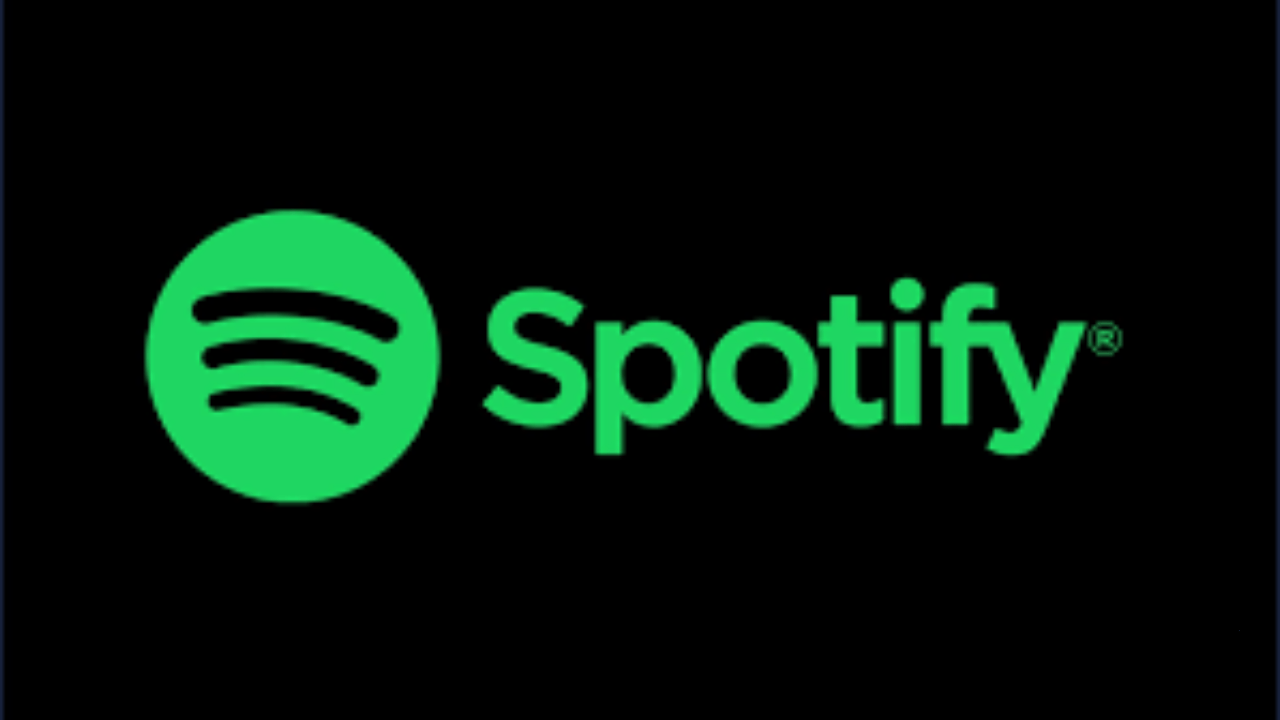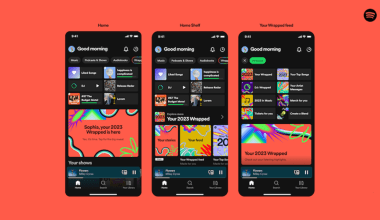Spotify has become synonymous with music streaming, offering millions of tracks to listeners worldwide. Its innovative model has redefined how people consume music, making it one of the most influential platforms in the industry. This Spotify wiki dives into everything you need to know about Spotify, from its history and features to its cultural impact and future innovations.
Whether you’re a casual listener, an artist, or a tech enthusiast, this guide will give you a detailed look at Spotify and its place in the music ecosystem.
What is Spotify?
Spotify is a digital music streaming service that allows users to access millions of songs, podcasts, and audio content. Launched in 2008, it combines on-demand streaming with curated playlists, making music accessible anytime, anywhere.
Key Features of Spotify:
- Music Library: Over 100 million tracks and growing.
- Podcasts: Thousands of exclusive and non-exclusive podcasts.
- Personalized Playlists: Curated playlists like Discover Weekly and Release Radar.
- Freemium Model: Free ad-supported tier and premium subscription options.
The History of Spotify
Spotify’s journey began with two Swedish entrepreneurs, Daniel Ek and Martin Lorentzon, who wanted to create a solution for music piracy. Here’s a timeline of Spotify’s rise to prominence:
2006: The Idea
- Spotify was founded in Stockholm, Sweden, by Daniel Ek and Martin Lorentzon.
- The vision was to create a legal alternative to music piracy by offering a seamless streaming experience.
2008: Official Launch
- Spotify launched in October 2008 in select European countries.
- It started as an invite-only platform with a freemium model.
2011: Expansion to the U.S.
- Spotify entered the U.S. market, securing licensing deals with major record labels.
- Its freemium and premium tiers gained popularity among American users.
2018: IPO and Global Expansion
- Spotify went public on the New York Stock Exchange in April 2018.
- It expanded to new markets, including Africa, Asia, and the Middle East.
2023: Continued Growth
- With over 500 million monthly active users, Spotify remains the leading music streaming platform.
How Spotify Works
Spotify uses a combination of streaming technology and licensing agreements to provide users with access to music.
Freemium Model
- Free Tier: Ad-supported, with limited skips and lower audio quality.
- Premium Tier: Ad-free, offline downloads, and high-quality streaming.
Content Delivery
Spotify uses a peer-to-peer (P2P) network and cloud servers to deliver content quickly and efficiently.
Licensing and Royalties
Spotify licenses music from record labels, artists, and rights holders, paying royalties based on the number of streams.
Spotify’s Key Features
Spotify offers a wide range of features that make it the preferred platform for millions:
1. Personalized Playlists
- Discover Weekly: A weekly playlist tailored to your listening habits.
- Release Radar: Tracks from artists you follow and similar genres.
2. Collaborative Playlists
Users can create playlists and invite friends to add songs, making music a shared experience.
3. Podcasts
Spotify is one of the largest podcast platforms, hosting exclusive content from creators like Joe Rogan and Michelle Obama.
4. Spotify Wrapped
An annual feature that provides users with a summary of their listening habits, including top artists, songs, and genres.
5. Offline Mode
Premium users can download music and podcasts for offline listening.
The Impact of Spotify on the Music Industry
Spotify has had a profound impact on how music is created, distributed, and consumed:
1. Shaping Streaming Culture
Spotify popularized streaming as the primary mode of music consumption, replacing physical sales and downloads.
2. Supporting Emerging Artists
Spotify for Artists provides tools for independent musicians to promote their work and reach global audiences.
3. Changing Royalties
While Spotify has faced criticism over low royalties, it has created a more transparent system for revenue distribution.
4. Expanding Audio Content
With its focus on podcasts and audiobooks, Spotify is becoming a comprehensive audio platform.
Challenges Spotify Faces
Despite its success, Spotify has encountered several challenges:
1. Artist Royalties
Many artists argue that Spotify’s payout model doesn’t provide fair compensation for their work.
2. Competition
Spotify competes with Apple Music, Amazon Music, YouTube Music, and others, requiring constant innovation.
3. Content Moderation
With the rise of podcasts, Spotify has faced issues regarding misinformation and controversial content.
Spotify Wiki: Lesser-Known Facts
- Spotify’s Name Origin: The name “Spotify” comes from combining “spot” and “identify.”
- Spotify Codes: Users can share tracks, playlists, and profiles using QR-style codes.
- Greenroom: Spotify’s live audio feature enables real-time conversations around music and podcasts.
The Future of Spotify
Spotify continues to innovate, expanding its reach and enhancing user experiences.
Upcoming Features:
- AI Integration: Personalized playlists and voice assistants powered by AI.
- 360-Degree Audio: Enhanced sound quality for a more immersive experience.
- Global Expansion: Reaching underserved markets with affordable subscription plans.
How to Make the Most of Spotify
- Explore Playlists: Discover curated playlists for every mood and activity.
- Follow Artists: Stay updated on your favorite artists’ latest releases.
- Use Spotify Connect: Stream music across devices seamlessly.
- Share Music: Engage with friends through collaborative playlists and Spotify Codes.
Final Thoughts
This Spotify wiki highlights the platform’s incredible journey, from its humble beginnings to becoming a global music powerhouse. Spotify has not only transformed how we listen to music but also how artists connect with fans worldwide.
With its continuous innovation, Spotify remains at the forefront of the music streaming industry, shaping the future of audio entertainment. Whether you’re a new user or a long-time subscriber, Spotify offers something for everyone.
Related Articles:
For further reading, explore these related articles:
- Spotify Founder: The Vision Behind the World’s Leading Music Platform
- How Do You Find People on Spotify? A Comprehensive Guide
For additional resources on music marketing and distribution, visit Deliver My Tune.






